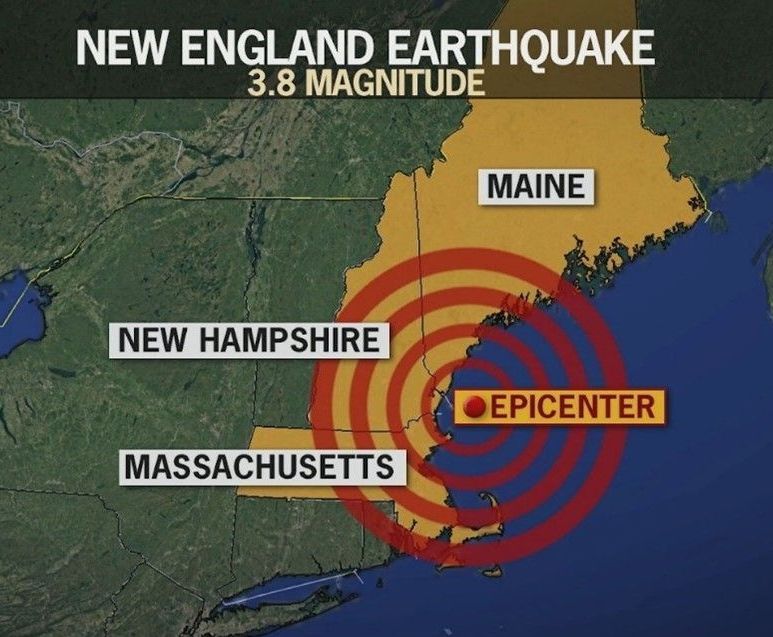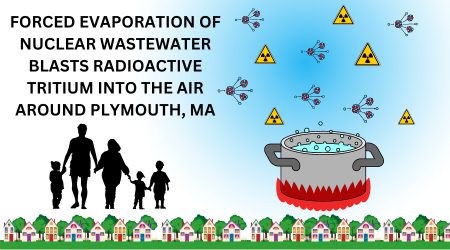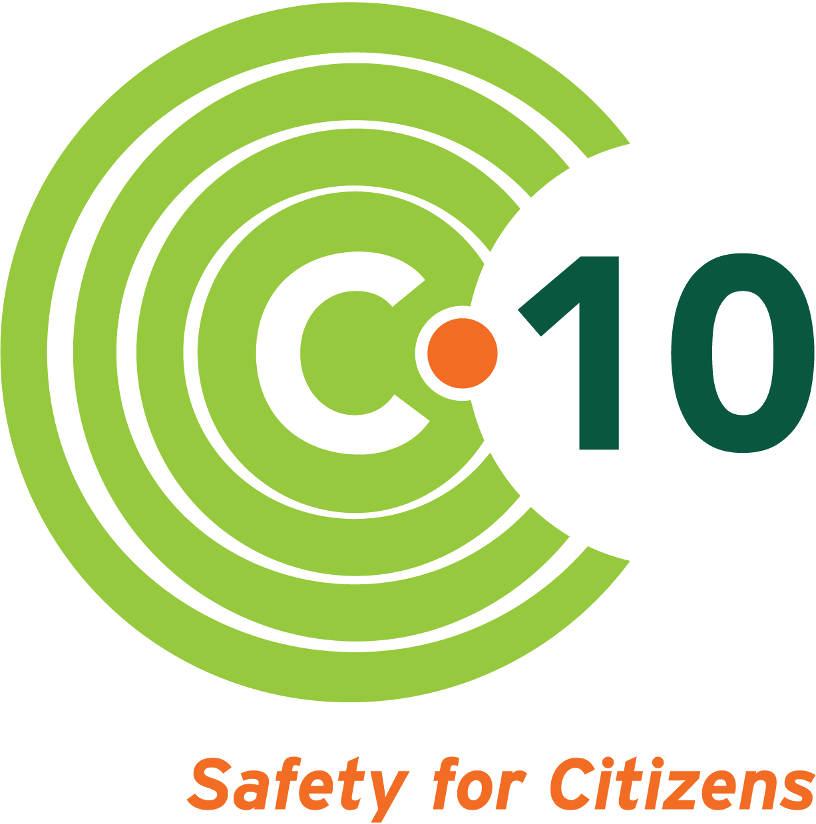Case is not closed with Seabrook’s degraded concrete
- By Natalie Hildt Treat
- •
- 02 Jan, 2020
C-10's letter to the Hampton Union sets the record straight

The Hampton Union, hometown paper of Seabrook Station nuclear plant, has a history of downplaying concerns brought by pro-safety groups like C-10. Incredibly, neither the Union nor any of the sister publications in the Seacoast Online group sent a reporter to cover the week-long federal hearing and public comment period on Seabrook's concrete, held in Newburyport , Mass. last September. (See our C-10 in the news page)
In their Top ten stories of 2019, the paper ran a few paragraphs about how the plant was relicensed in March of last year, indicating that the problems with the degraded concrete were somehow a settled issue. Not so. Here's our letter to the editor, published on December 30.
--
To the editor:
In reviewing 2019’s top stories, the paper glossed over the irreversible and unresolved problems with Seabrook Station’s concrete. True, the Nuclear Regulatory Commission granted the plant a 20-year license extension, but they did so before a planned hearing on the ability of Seabrook’s degraded concrete to continue protecting the public as designed.
It has since been demonstrated that the NRC’s review was based on simplistic analysis, without the benefit of an expert on the complex and pernicious problem of alkali-silica reaction, or “ASR” that is affecting all of Seabrook’s key safety structures. Neither did plant owner NextEra Energy have an ASR expert on their team. It was the C-10 Research and Education Foundation, a pro-safety citizens group, that brought the only qualified expert when we challenged Seabrook’s concrete aging-management plans before the NRC’s Atomic Safety and Licensing Board.
Last September, the Board held a week-long hearing where they questioned C-10’s witness, renowned ASR expert Dr. Victor Saouma of the University of Colorado, Boulder. Saouma clearly gave the three judges plenty to consider when he laid out the flaws in NextEra’s methodology. The Board originally planned to rule on the case in early 2020, but just revised their own deadline to April 9.
The case of Seabrook’s degraded concrete is not only of concern to the 23 New Hampshire and Massachusetts cities and towns within the plant’s 10-mile emergency planning zone; it could have national repercussions as well. ASR is well-known in bridges, dams, and other buildings, but Seabrook is the first reactor in the nation known to have ASR. Because it is so new at nuclear plants, the NRC does not have regulations governing its management.
While NextEra has so far deflected any criticism of their approach, C-10 and our expert have already laid out the kind of rigorous analysis that is possible. As one of the region’s largest energy producers, and one that will be with us for years to come, NextEra owes it to its neighbors to do all that they can to keep us safe. By adopting better testing and monitoring protocols, NextEra can increase public confidence that they have a firm grasp on what is happening deep inside the concrete meant to protect us in the event of an earthquake or accident.
Natalie Hildt Treat
Executive Director, C-10 Research & Education Foundation
Follow us



